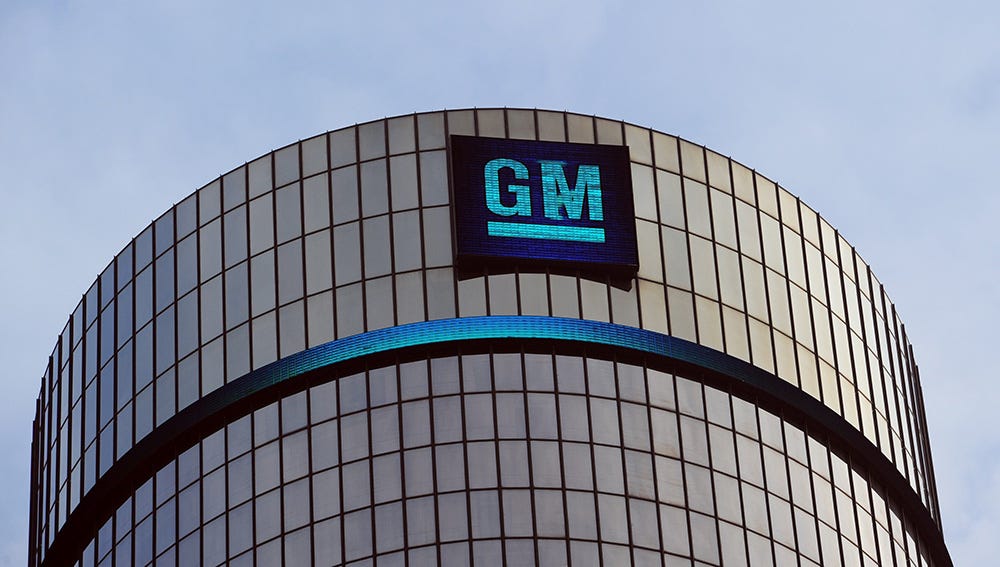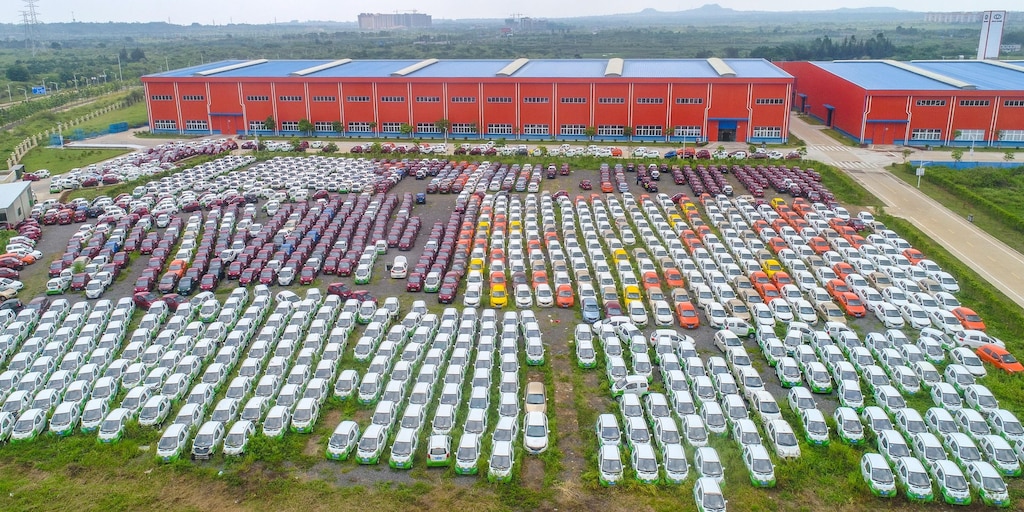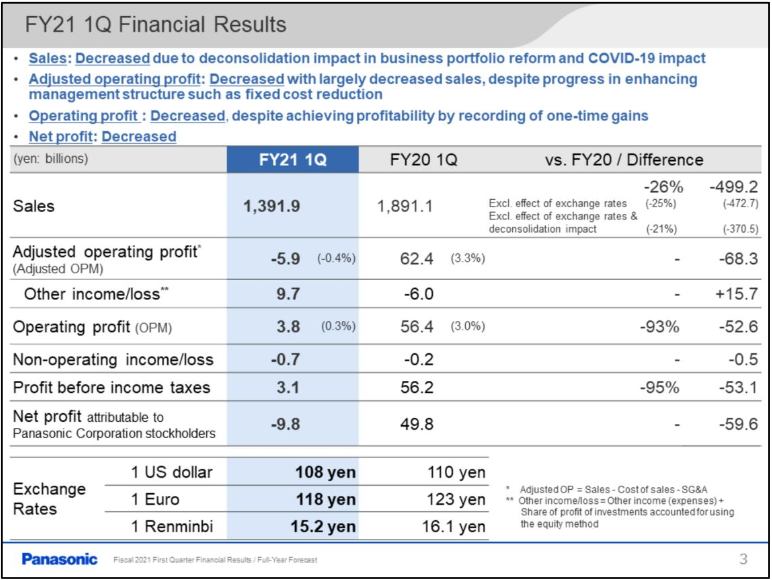That could have been worse. After missing eight of 13 second-quarter weeks of North American production because of the coronavirus shutdown, General Motors Co. posted a loss of less than $800 million for the three-month period, rescinded most of its salary cuts and signaled that the second half of the year could prove surprisingly resilient.… Continue reading Howes: GM demonstrates resilience amid COVID-19 pandemic, but shares slip
Tag: Tesla
Inspired by Tesla, China’s EV startups race for IPO
HONG KONG — Chinese electric vehicle startups are racing for stock market debuts, inspired by a surge of investor interest in Tesla as they seek to beef up balance sheets in the face of strong industry headwinds. Beijing-based Li Auto will make an initial public offering on Nasdaq on Friday to raise as much as… Continue reading Inspired by Tesla, China’s EV startups race for IPO
China’s electric SUV maker Li Auto raises $1.1 billion in U.S. IPO
Trade tensions between China and the U.S. have not stopped Chinese companies from eyeing to list on American stock exchanges. Li Auto, a five-year-old Chinese electric vehicle startup, raised $1.1 billion through its debut on Nasdaq on Thursday. The Beijing-based company is targeting a growing Chinese middle class who aspire to drive cleaner, smarter, and… Continue reading China’s electric SUV maker Li Auto raises $1.1 billion in U.S. IPO
Panasonic boosts energy density, trims cobalt in new 2170 battery cell for Tesla
Production to start at Tesla gigafactory in September Kirsten Korosec 13 hours Panasonic has developed new battery technology for the ‘2170’ lithium-ion cells it produces and supplies to Tesla, a change that improves energy density by 5% and reduces costly cobalt content. The new, higher-energy dense 2170 cells will be produced by Panasonic at Tesla’s… Continue reading Panasonic boosts energy density, trims cobalt in new 2170 battery cell for Tesla
ALYI Strategic Financing Outlook Propelled By Surge In EV Investment Interest
DALLAS, July 30, 2020 /PRNewswire/ — Alternet Systems, Inc. (USOTC: ALYI) today highlighted that its video presentation scheduled for tomorrow to detail the company’s strategic financing partnership with RevoltTOKEN enjoys being timed with a market that is very receptive to investment in electric vehicle ventures. Electric SUV maker Li, just announced raising $1.1 billion. The share… Continue reading ALYI Strategic Financing Outlook Propelled By Surge In EV Investment Interest
Tesla Inc. stock rises Wednesday, outperforms market
COMPANY CLOSE UPDATES Shares of Tesla Inc. TSLA rose 1.53% to $1,499.11 Wednesday, on what proved to be an all-around positive trading session for the stock market, with the NASDAQ Composite Index COMP rising 1. Go to Source
GM CEO says spinoff of the automaker’s EV assets not off the table
By Ben Klayman DETROIT, July 29 (Reuters) – General Motors Co Chief Executive Mary Barra said Wednesday “nothing is off the table” when it comes to maximizing the value of the No. 1 U.S. automaker’s electric vehicle efforts, including a possible spinoff of those assets. Speaking to analysts after GM reported a smaller-than-expected loss in… Continue reading GM CEO says spinoff of the automaker’s EV assets not off the table
A Chinese Tesla competitor skyrockets nearly 350% in just 2 days after announcing it will launch vehicles in the US next month (KNDI)
Visual China Group/ Getty Images/ Shares of Kandi Technologies have surged as much as 350% from Tuesday’s close, fueled by the electric-vehicle maker’s announcement that it will launch two of its cars in the US next month. Kandi Technologies is a Chinese electric-vehicle maker that competes with the likes of Tesla and Nio. On Tuesday, Kandi… Continue reading A Chinese Tesla competitor skyrockets nearly 350% in just 2 days after announcing it will launch vehicles in the US next month (KNDI)
Panasonic Was Hit Hard In Q2 2020 Due To COVID-19
Panasonic‘s report for the second quarter of 2020 is pretty weak as most of its business was hit hard by the COVID-19 lockdown. There are losses for the quarter and the full-year forecast says that net profits will be halved compared to 2019. Let’s take a look at the general results. Panasonic was hit hard… Continue reading Panasonic Was Hit Hard In Q2 2020 Due To COVID-19
Tesla Gigafactory Texas shows its crazy potential in size comparison with other Tesla factories
Tesla Gigafactory Texas in Austin has some crazy potential for growth based on the size of the land the automaker acquired, which is shown in this interesting new size comparison with other Tesla factories. This new project is exciting for Tesla on many levels. It is going to be the production site for Cybertruck and… Continue reading Tesla Gigafactory Texas shows its crazy potential in size comparison with other Tesla factories


